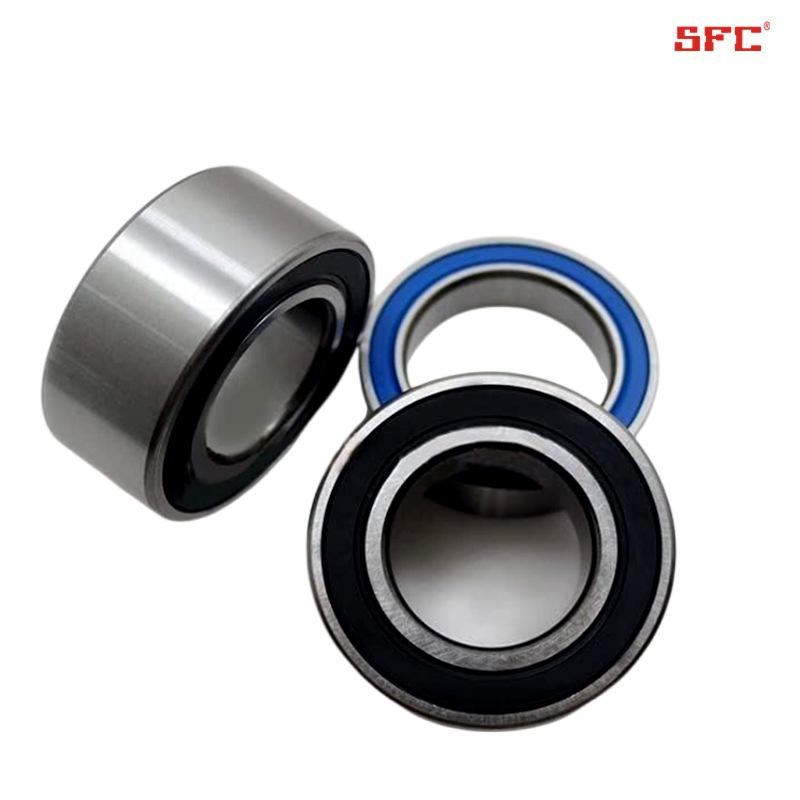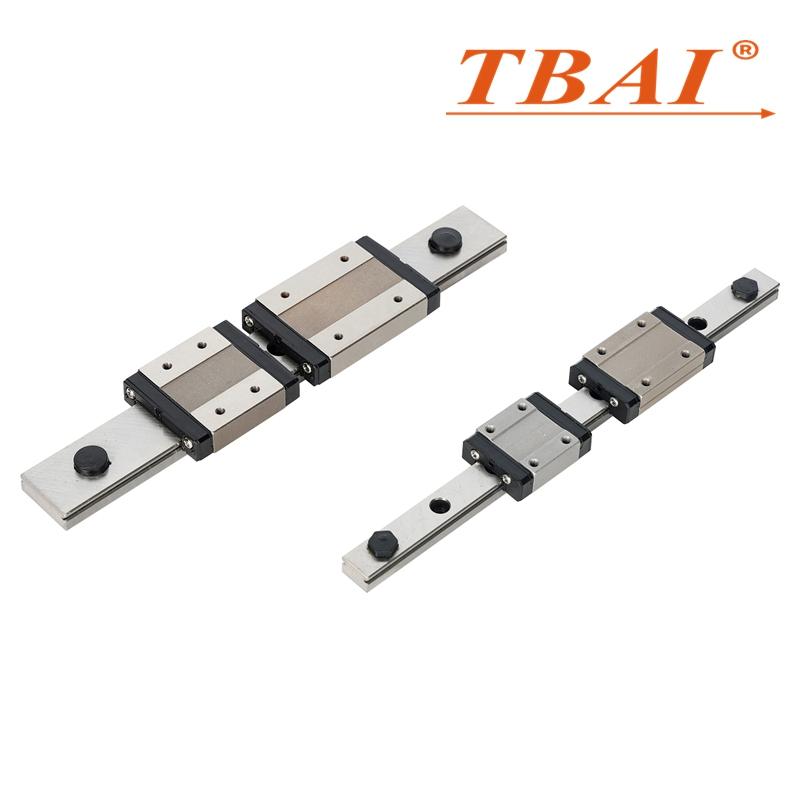Choosing the right bearing speed is crucial
In mechanical design, the "ultimate speed" of bearings is a often overlooked but crucial parameter. It refers to the maximum rotational speed at which a bearing can operate safely and stably under specific lubrication and installation conditions. Once the actual working speed exceeds this threshold, the internal friction of the bearing will increase sharply, leading to temperature surge, lubrication failure, and even early wear or jamming, seriously shortening the service life.
To ensure long-term reliable operation of the equipment, it is generally recommended in engineering practice that the actual operating speed should not exceed 75% of the maximum speed. This safety margin can effectively avoid risks caused by fluctuations in working conditions or assembly errors.
The maximum speed of bearings with different structural types varies significantly. Taking common types as an example: deep groove ball bearings: simple structure, low friction, suitable for high-speed operation, some models can reach a maximum speed of 26000 revolutions per minute, making them the preferred choice for high-speed applications. Angular contact ball bearings: They can withstand axial loads through pre tensioning and have high speed capability, commonly used in precision high-speed applications such as machine tool spindles. Conical roller bearings: Although they have strong load-bearing capacity, their maximum speed is usually significantly lower than ball bearings due to the large contact area between the rolling elements and the raceway, as well as high friction. Thrust ball bearings: designed specifically to withstand axial forces, but can hardly withstand radial loads, and have weak speed performance, with generally low limit speeds.
For example, a certain fan was once shut down for maintenance due to the misuse of low-speed tapered roller bearings to replace the originally designed high-speed deep groove ball bearings. Under continuous overspeed operation, severe temperature rise and noise occurred within a few weeks. This fully demonstrates that ignoring the maximum speed matching is equivalent to burying potential faults.
Therefore, in the selection stage, engineers should consider the load type, speed requirements, and lubrication method, refer to authoritative data (such as the limit tachometer in the standard manual), and scientifically choose the most suitable bearing type, rather than just focusing on load capacity or cost.




